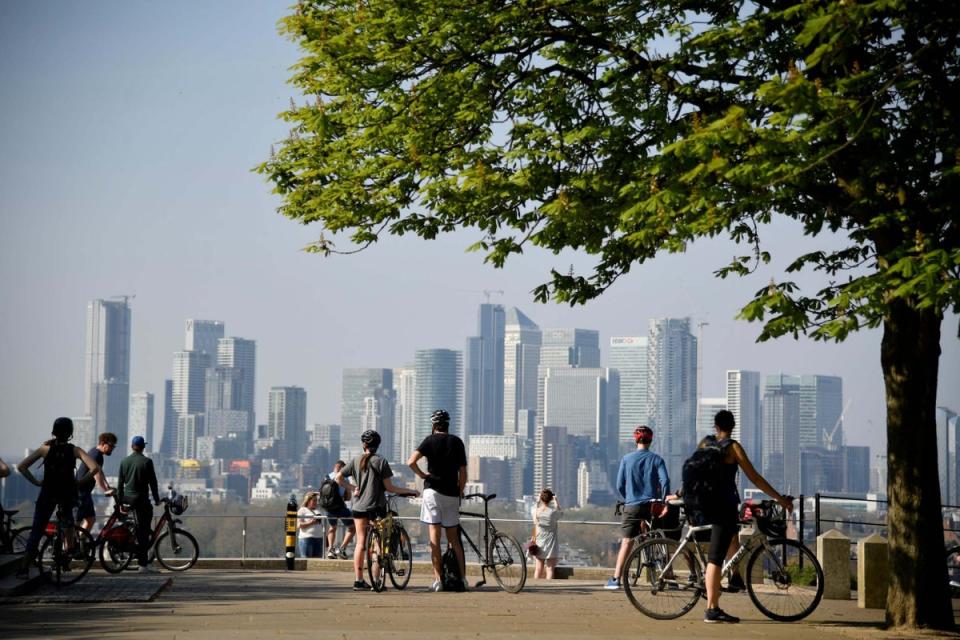Revealed: Gap in life expectancy between rich and poor London areas has increased as house prices rise

The gap in life expectancy between the richest and poorest areas of London has increased as house prices rise in a study showing how polarised the capital has become.
Researchers at Imperial College London tracked changes in life expectancy in thousands of areas between 2002 and 2019 and analysed these alongside data on house prices from the Land Registry.
The study examined data from 4,835 of London’s “lower-layer super output” areas, which have an average of approximately 1,500 residents or 650 households. Researchers calculated the correlation between the change in housing prices and the sociodemographic characteristics of each area.
It found that large gains in life expectancy occurred where house prices were already high, or in areas where house prices grew the most.
The average life expectancy for women increased from 80.9 in 2002 to 85.4 in 2019. For men, this figure climbed from 76.1 to 81.6 in the same period.
But the study found that life expectancy inequality — defined as the difference between the highest and lowest percentiles of the areas — had increased substantially. The gap between richest and poorest was 19.1 years for women and 17.2 years for men in 2019. In 2002, these figures were 11.1 and 11.6 for women and men respectively.
Life expectancy was highest in the central London districts of Kensington and Chelsea, Westminster, City and Camden. Lower life expectancy was spread in areas throughout the capital, researchers said, but was more common in outer east and south-east London.
The researchers concluded: “Where prices were high at the turn of the century, life expectancy increased substantially independently of price change, and with little change in the resident population. In areas that started with lower prices life expectancy only increased proportional to price change, and was accompanied by a greater influx of new residents into the area.”
The study said that areas where house prices grew the most saw an influx of “new, more educated and better-off” working age residents during the period.
These areas also saw an “outflux of residents in retirement ages” as well as children, adolescents and young adults.
The study’s authors write that London’s economic growth has been “highly polarised” and, despite city-wide growth in income, nearly one half of the city’s population falls in the two bottom rankings of national income deprivation. The study is published today in The Lancet.

 Yahoo Finance
Yahoo Finance 